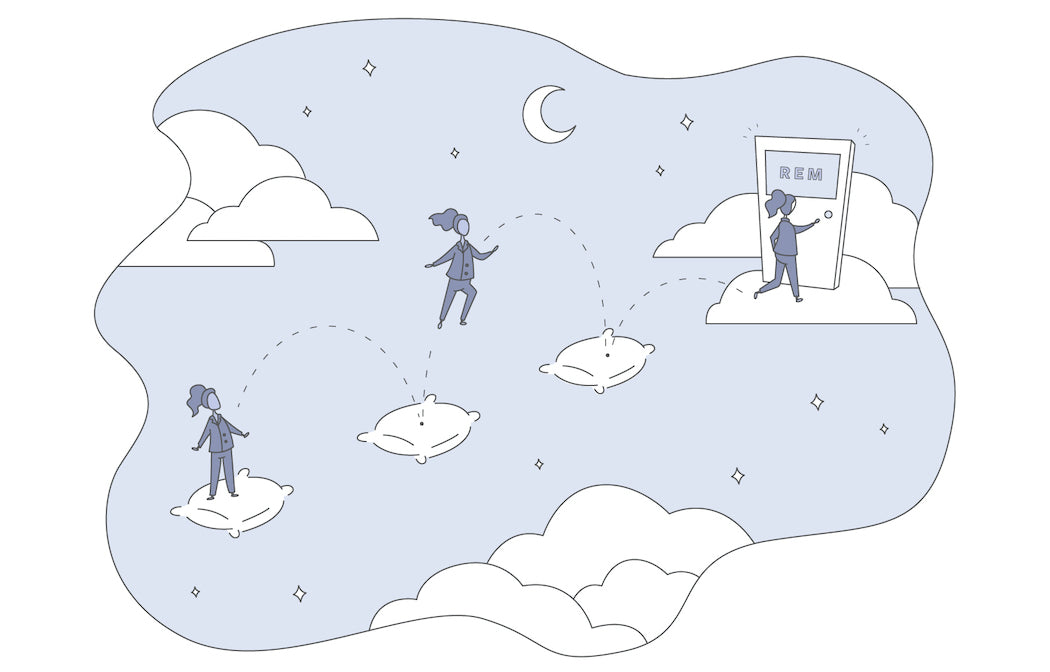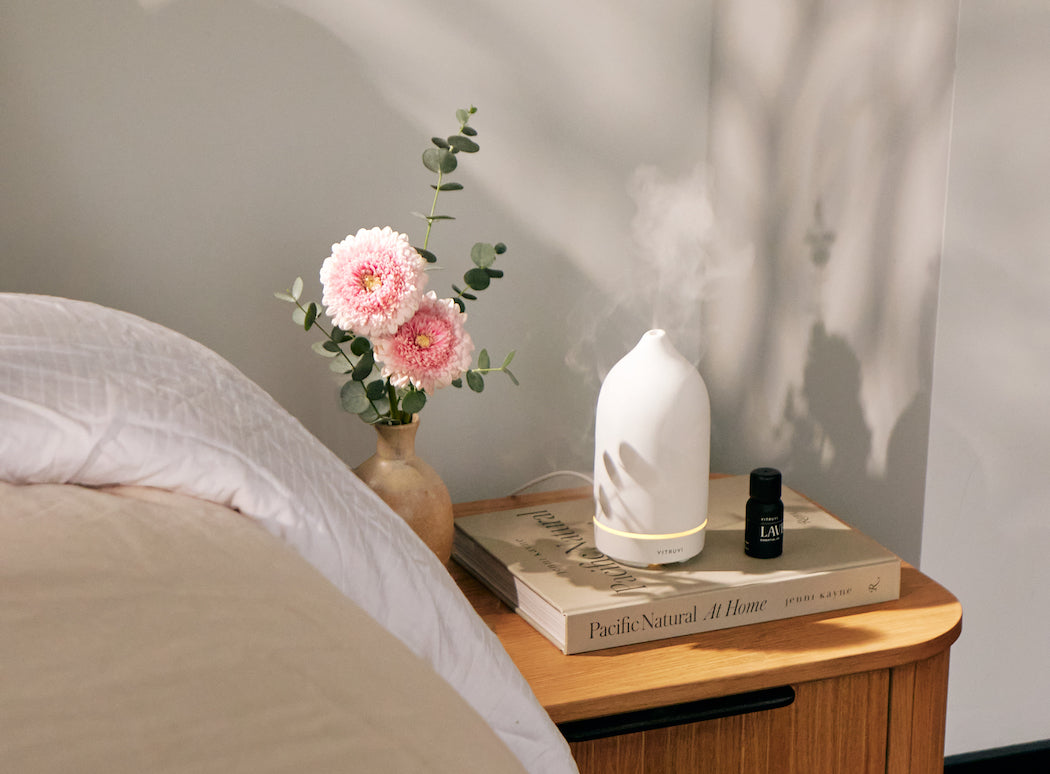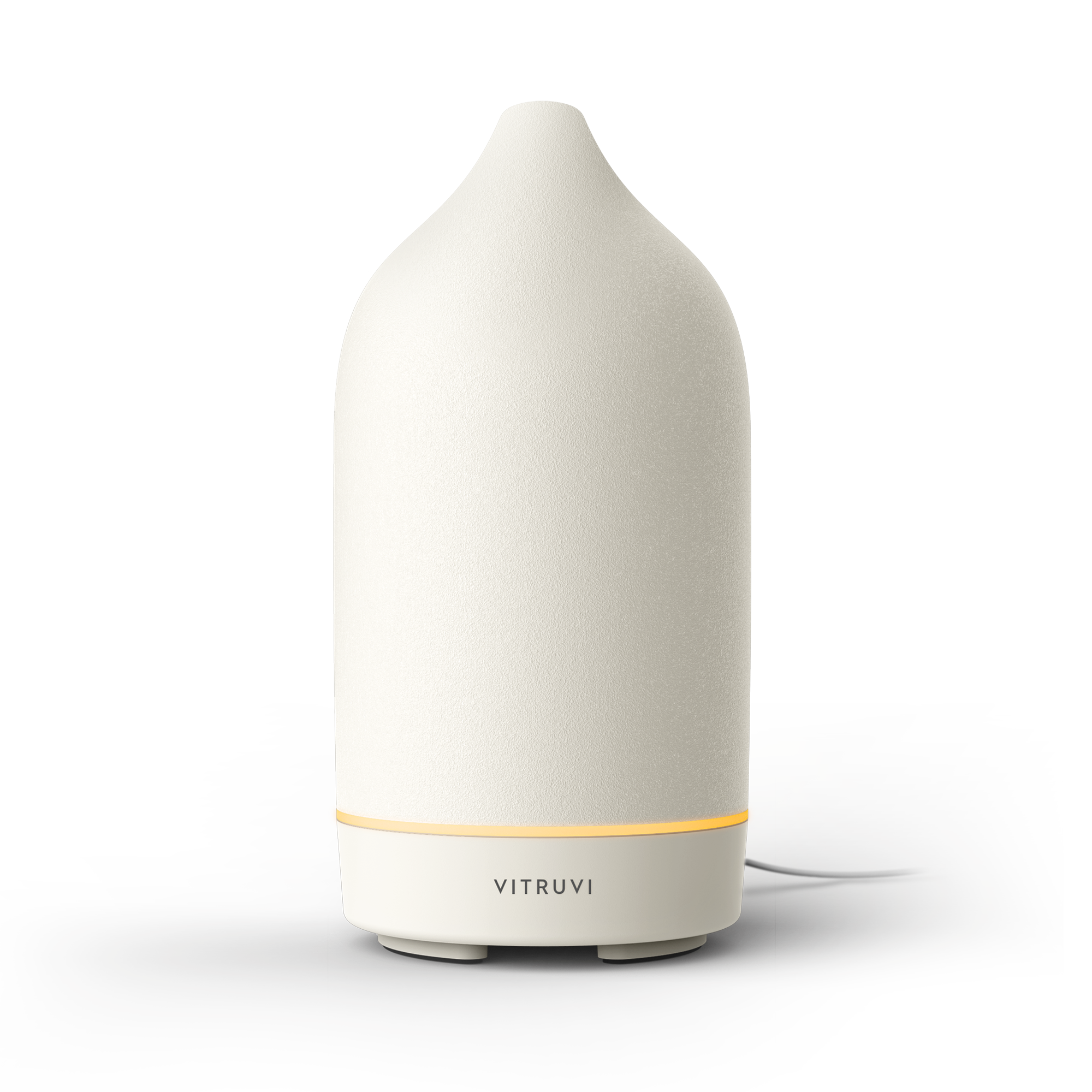Did you know that sleep deprivation is a form of torture? Sleep is so essential to our bodies—both physically and mentally—that by forcing people to stay awake, you can cause serious harm.
Getting a good night’s sleep should be on everyone’s priority list, but with our busy lives, it isn’t always possible. And the fewer hours of good-quality sleep we do get, the more it can affect our health and even our physical appearance. Unfortunately, dozing or napping throughout the day doesn’t help if you miss the most vital part of sleep: REM, or the rapid eye movement stage.
What is REM sleep?
There are four stages of sleep, the fourth being REM. REM sleep is the deepest you have; it’s also the period when you dream, even if you don’t remember your dreams. We cycle through the four stages throughout the night, usually every 60 to 90 minutes. REM gets its name from how your eyes actually move during this phase. REM is also when your brain is most active during sleep; electroencephalograms show your brain working during REM sleep almost as if you were awake. Additionally, you experience a type of paralysis during REM, which is a safety mechanism to keep you from acting out your dreams.
What does REM sleep do?
The REM sleep stage is when your brain processes and creates the memories and emotions you experienced throughout the day. Good REM sleep helps you perform more complex tasks, both mental and physical, when you are awake. Napping or waking up frequently throughout the night lessens the chances of you experiencing REM long enough for your brain to revitalize itself, and this ends up affecting your performance overall.
A poll conducted by the American National Sleep Foundation in 2008 found that people who slept fewer than six hours per night experienced sleepiness to the extent that it affected their daytime and work activities. Lack of sleep also contributed to accidents at work and elsewhere, especially if driving. Still, the cumulative exhaustion associated with lack of REM sleep isn’t always obvious at first; it can start with not being able to efficiently multitask, missing nuances in conversation, or daydreaming more than usual, and get more extreme from there.
How much REM sleep should you get?
Aside from possibly contributing to weight gain, lack of REM sleep can also affect your appearance. The average recommended sleep time for healthy adults is a minimum of seven hours a night. Given that we cycle through REM sleep every 60 to 90 minutes, that means we need to hit the REM cycle around four to seven times throughout the night—any less can affect how we look. A 2013 report published in the journal Sleep found that study participants who were sleep-deprived were more likely to have swollen eyes, hanging eyelids, and darker circles under their eyes. They were also more likely to look paler and to have more fine lines or wrinkles. Additionally, they appeared sadder than when they weren’t so tired.
Giving sleep the importance it deserves can help with your quality of life. Considering the importance of REM sleep in particular, you might not feel so guilty about crawling under the covers a little earlier tonight.












